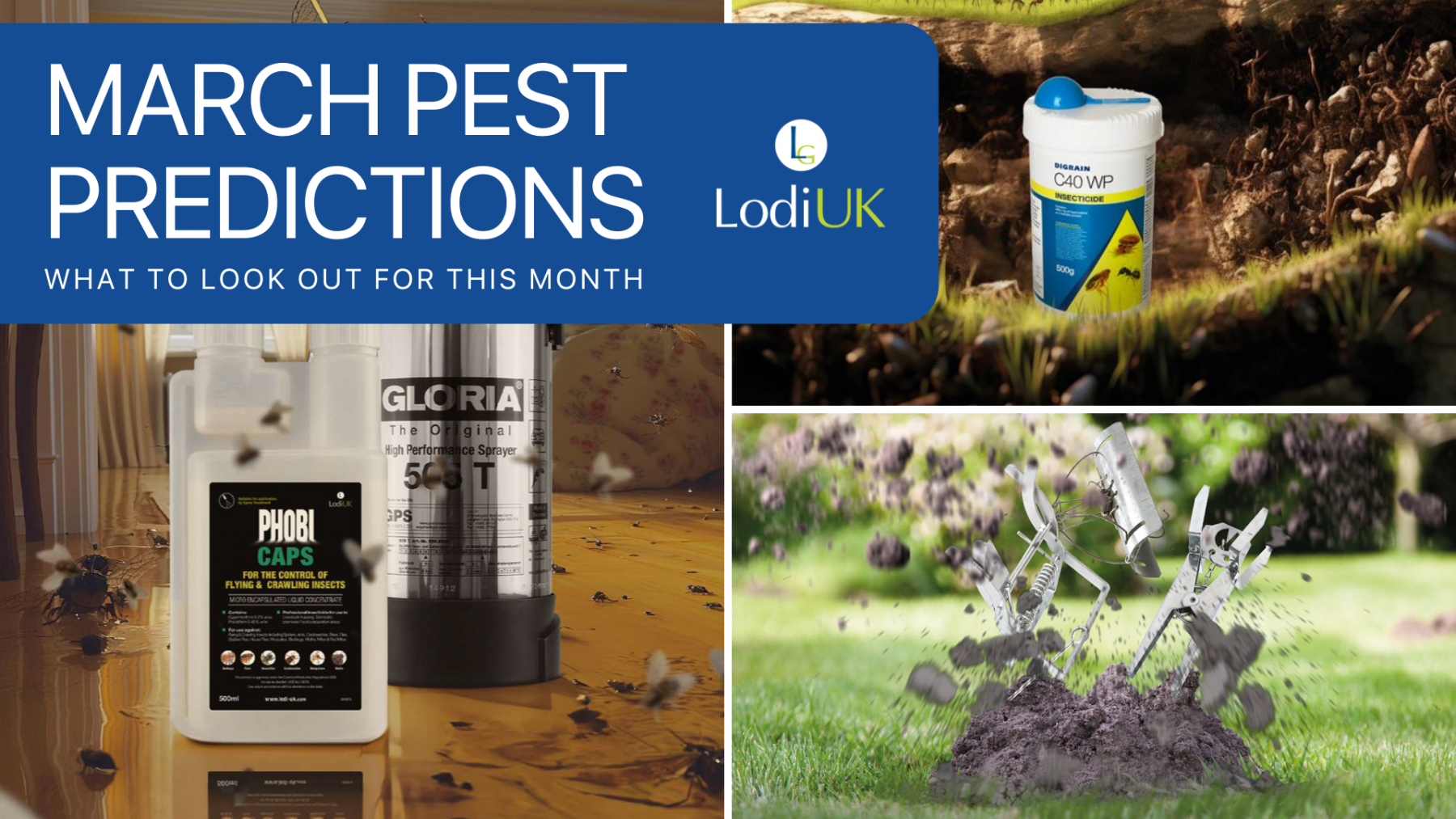.jpg)
What are red mites?
Red mites are one of the worst pests that you can get as a poultry farmer. They are a parasite that live in poultry sheds and feed on hens’ blood while they sleep at night. Red mites can be difficult to spot as they are tiny - between half a millimetre and a millimetre long. They are grey, apart from when they have just fed and then they are bright red.
Red mites cause weakness, restlessness, increased feather pecking, anaemia and, in severe cases, death. Red mites might also cause the transmission of diseases such as Salmonella, mycoplasma, coccidiosis, e. coli and Newcastle virus.
Red mites have also been known to bite people causing painful, irritating bites. Red mites can lead to reduced weight gain in broiler chickens and reduced egg quality in laying hens.
How can you identify red mites?
Red mite infestations can take hold very quickly and can be extremely hard to control. It is difficult to completely eliminate red mites as it only takes a few mites to escape and they will reproduce quickly. They can survive without feeding for several months. Their life cycle only takes a week with females being able to lay up to 40 eggs in their lifetime.
Farmers often face difficulty in monitoring the level of red mites in their sheds as red mites are nocturnal. They hide away in cracks and crevices during the day and then crawl out to feast on the chickens' blood at night.
One of the easiest ways to check if your poultry sheds have red mites is to take a piece of white paper or a white tissue and rub it on the underside of hens' perches or in the corners of their nest boxes. Red mites will cause smears of blood to appear. Another way is to check around the chicken's vents for scabs or signs of irritation.
How To treat red mites?
Red mites can survive for months without feeding so getting rid of red mites is more complicated than simply living a longer gap in between batches of hens.
The most important step is to replace any wood inside the shed with plastic or metal. Plastic and metal are less likely to contain cracks than wood, where red mites can live. It’s also important to keep on top of the maintenance inside the sheds as any broken or cracked equipment is liable to become a hiding place for red mites.
Steam cleaning in between poultry lays can eradicate most of the mites and their eggs as they cannot withstand temperatures above 45°c. Another method is to heat the whole poultry shed to 60°c for two hours.
There are currently vaccines in development but there is no word on when they will be available to the farming community.
There are many insecticides on the market which are effective against red mites, but it is important to use one which has a residual effect for a better longterm effect.
What Lodi products can you use to treat red mites?
Our bestselling Digrain Perbio Choc is one of the most popular ready-to-use insecticides available. Its quick knockdown and long residual of up to 3 months means that treated areas are pest-free for a while! As well as being effective against red mites, Perbio Choc is effective against most other flying and crawling insects, such as litter beetles, ants and fleas. It can be sprayed or fogged for maximum flexibility.
Phobi Caps is a new UK Prallethrin which works in less than 15 minutes. It can protect treated surfaces for as long as 12 weeks around the farm and in animal housing. It is active on porous and non-porous surfaces so red mite have nowhere to hide! The microencapsulation ensures long-term stability of the action against light, temperature and humidity.
Desi-DUST is the perfect organic product for use where insects may rest. as part of the red mite management plan in conventional poultry farms. The naturally-mined mineral is safe around all animals but looks like broken glass under a microscope. When the mites crawl over the dust, it pierces waxy outer coating from the insect’s exoskeleton so they die of dehydration.
FREE BEANIE GIVEAWAY
Show your love for Lodi Gems by ordering your free beanie – delivered straight to your door!
Perfect for winter on the farm.





